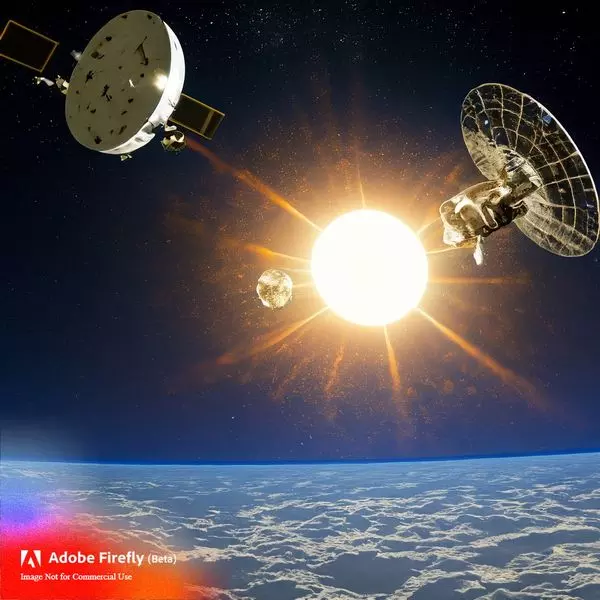The Indian Space Research Organisation (ISRO) achieved a significant milestone in the development of the Gaganyaan Mission, designed to send Indian astronauts into space, with the successful test of the Crew Escape System. The test was conducted using the liquid-propelled single-stage Test Vehicle (TV-D1) from the Satish Dhawan Space Centre.
The Crew Escape System, a critical component for ensuring the safety of Indian astronauts, was validated during this test. It involves motors for low-altitude, high-altitude, and jettisoning, which are essential for safely ejecting astronauts in case of an emergency.
During the flight sequence, the TV-D1 lifted off and activated the fin-enabling system six seconds into the flight. The Crew Escape System Pillbox was activated at a speed of Mach number 1.25, at an altitude of 11.8 km. The High Energy Motor (HEM) then propelled the vehicle further into the atmosphere, as per a report in India Today.
At approximately 61.1 seconds after launch, when the vehicle reached a Mach number of 1.21 at an altitude of 11.9 km, the Crew Escape System separated from the rocket booster. The Crew Module detached from the Crew Escape System at an altitude of 16.9 kilometers, traveling at a speed of 550 kilometers per hour. The drogue parachute was deployed, slowing the vehicle’s descent.
“Mission Gaganyaan TV D1 Test Flight is accomplished. Crew Escape System performed as intended. Mission Gaganyaan gets off on a successful note,” announced ISRO.
The Crew Escape System, similar to fighter jet ejection seats, is an automated safety system triggered by computer detection of anomalies or issues shortly after liftoff, prior to rocket stage separation. It provides a crucial layer of safety by ejecting the crew to minimize potential risks during the early phases of ascent.
ISRO’s successful test of the Crew Escape System marks another step towards India’s dream of sending its first astronauts into space from its own soil. The Gaganyaan Mission aims to send the first Indian astronauts, currently undergoing training, into space by 2025 and to the Moon by 2040.
Also Read: 1 Out Of 2 Indians Say They Have Access To Good Healthcare: Survey











